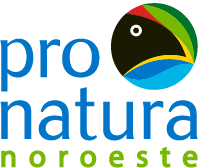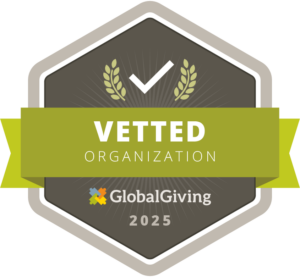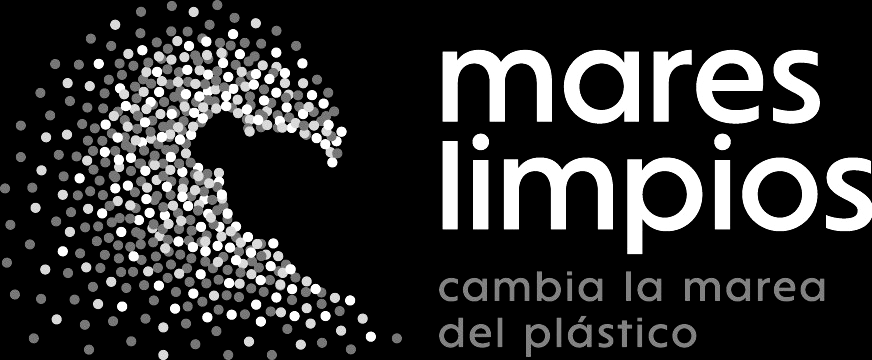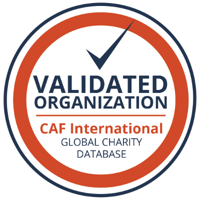Urban growth has become one of the main problems for animal preservation, as it restricts their habitat and reduces their population.
However, some species, such as the Pacific American Oystercatcher (Haematopus palliatus frazari)—an endangered bird of international priority protected by the Mexican government —have managed to take advantage of the changes and even turn them into a refuge. Such is the case in the heart of Bahía de Tóbari, southern Sonora, where birds have taken over ten artificial islands built from dredged material in 2010, for shelter.
Here, a group of scientists and conservationists are transforming the way in which we understand and protect this key species. They use cutting-edge technology such as the Motus Network, which serves to keep track of birds through radio frequencies and GPS radars, resulting in relevant findings.
Julián García Walther, Coordinator of Motus Network in Northwest Mexico and head of Pronatura Noroeste’s Bird Laboratory, said: “When birds pass through northwestern Mexico, these stations capture their signals. We can even follow their migration throughout the whole continent thanks to this international network.”
“We have discovered that these oystercatchers don’t migrate, but rather stay year-round in one place, for example, in the tarquinas, which are artificial islands created in 2010 after dredging in Bahía de Tóbari.”
The Motus Network is one of the most important technological tools for monitoring migratory species in Northwest Mexico. It is based on an automated tracking system with radio waves, which are captured by different antennas placed in stations over various regions.
This technology provides information on migration routes, rest times, and challenges due to urban growth. It is used internationally by various organizations that specialize in the study and preservation of birds.
On this International Mother Earth Day, Pronatura Noroeste highlights the Pacific American Oystercatcher’s history in Bahía de Tóbari, as a prime example of how science, technology, and the will to preserve can converge to create hope, even on an artificial island.
An unexpected sanctuary for the oystercatcher
García Walther points out that since 2024, oystercatcher monitoring has been carried out through the Motus Network and GPS transmitters in order to study populations living on dry land.
The project is not limited to migratory monitoring, but also identifies problems that affect the species’ reproductive success.
The primary focus is on ten artificial islands created by dredging in Bahía de Tóbari as a result of alterations to an embankment in the area.
Surprisingly, the islands turned into a shelter, making the bay the second most important sanctuary for this species after Santa María Bay in Sinaloa, as they are both ideal for nesting.
Before the project, the number of settled nests, chicks, and the size of the population inhabiting the area were unknown.
Luis Francisco Mendoza, Site leader in Bahía de Tóbari for Pronatura Noroeste, collaborator in the Bird Laboratory of the Autonomous University of Baja California Sur, and collaborator with Pronatura Noroeste, says that before the islands, only fifteen pairs of oystercatchers were registered in the bay.
Nowadays, more than 10 years after the dredging, more than six hundred and sixty birds inhabiting the area have been registered. This number represents about 22% of this subspecies’ total population. Most of them use the islands for reproduction, which is why their creation has been a turning point.
Mendoza said that “the American Oystercatcher is a highly specialized species. It only feeds on oysters, which makes it an environmental indicator. If we preserve its habitat, we also protect ten other species that nest in the same areas. This is why the American Oystercatcher is considered a sort of umbrella species in Bahía de Tóbari.”
The new challenge to preserve the American Oystercatcher and its habitat
From Pronatura Noroeste, we have proposed a permanent preservation and monitoring program. It would not only benefit this representative species but also guarantee the health of the whole coastal ecosystem.
The oystercatcher preservation program has identified two challenges: In the short term, the first one is predation, responsible for 80 percent of nest failures. Second, and in the long term, is the deterioration of the islands due to plant invasion, which reduces the available nesting areas.
It is a long-standing challenge. Since the islands are artificial structures, they do not have legal protection status. This makes them vulnerable to changes like erosion, as it is already affecting a considerable percentage of the original area, but also to human destruction.
Translated by: César Egüez & Hannah Peralta
Reviewed and edited by: G. Rubio León
